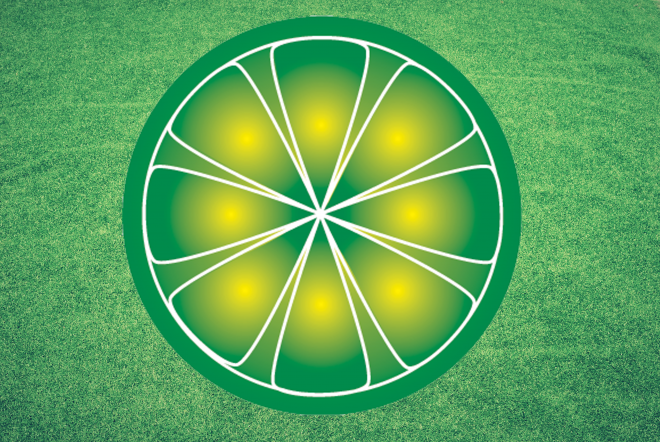11/03/2022 LimeWire relaunches after 10 years as an NFT marketplace
Fans will be able to trade music-related assets including limited-edition releases

Peer-to-peer music sharing platformLimeWirehas taken a left turn and is now relaunching as anNFTmarketplace specialising in art, music and entertainment.
Over a decade since it shut down, the platform is returning in the shape of a “digital collectables marketplace” for artists and fans to collaborate, create, buy and trade.
LimeWire was ordered to shut down in 2010following a federal court case. The injection ordered the platform to prevent the "searching, downloading, uploading, file trading and/or file distribution functionality, and/or all functionality.”
The platform is now promised to return as a “one-stop” marketplace for artists and fans alike to create, buy and trade digital collectables without “the technical crypto requirements of the current NFT landscape” according to the company.
After years spent focusing on music, LimeWire will continue its musical legacy as an NFT marketplace by bringing “digital collectables into the mainstream through partnerships with major artists in the music industry”.
Fans will also be able to trade music-related assets on the platform, which includes limited-edition releases, unreleased tracks, exclusive live works, merchandise and backstage content.
LimeWire is set to officially relaunch in May. In the lead-up, a collaborative line-up featuring “big names” in music will be revealed.
Paul Zehetmayr, LimeWire’s co-founder, said on the relaunch: “the biggest challenge with digital collectables and the broader crypto market, in general, is that it’s really limited to a small group of savvy users”.
“There are big players on the market already, but the entry barrier is still too big to allow for mainstream adoption. Most music fans do not own any cryptocurrency or have access to a crypto wallet, let alone understand the mechanics of collectables on the blockchain.
“We want to remove all those obstacles and make it easy for people to participate, while at the same time offering an exciting platform for crypto natives,” he added.
 (0)
(0)
 (0)
(0)
https://mixmag.net/read/limewire-relaunches-nft-marketplace-crypto-music-sharing-news
